A sweet Milestone
Well, we just found this:
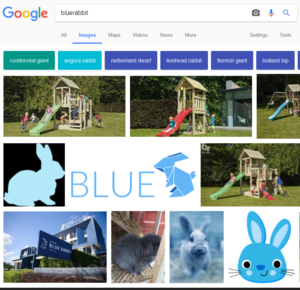
Our logo shows up when people look for BLUErabbit in google images. It wasn’t there a couple of days ago! 😀
Thanks for using BLUErabbit! Let’s keep putting #gamification in every classroom!
Well, we just found this:

Our logo shows up when people look for BLUErabbit in google images. It wasn’t there a couple of days ago! 😀
Thanks for using BLUErabbit! Let’s keep putting #gamification in every classroom!
Ok, so what’s the deal with RAMP.
It stands for Relatedness, Autonomy, Mastery and Purpose. The four most important concepts of a #gamification strategy.
However it’s not just that simple. Experts all around the world have proposed several explanations on it. It comes from the Self Determination Theory (SDT) and Daniel H. Pink’s book: Drive. Andrzej Marczewski combined all concepts and it’s the most accepted version around.
In SDT, the core concepts are Autonomy, Competence and Relatedness. In Drive, Autonomy, Mastery and Purpose.
Combining them it ends up as RAMP. Competence and Mastery are pretty much the same thing.
The definition for each concept is this:
Relatedness > The need to connect with others. Connectivity.
Autonomy > The freedom to choose and do what’s in your mind. Independence.
Mastery > The ability to become better at, well, anything. Achievement.
Purpose > The feeling to be part of something bigger than ourselves. Belonging.
Edward L. Deci and Richard M. Ryan, as authors of SDT, were looking for an explanation on what motivates people. They worked even further in the definition of intrinsic and extrinsic motivation.
Now, how does behavioral theories combine with #gamification?
Simple. Games motivate people BETTER than anything else. The reason lies with RAMP. A good game easily offers all core elements to the player.
Now, if you keep your strategy ALWAYS close to RAMP, then everything else will be simpler.
Will post several new things on this analysis 🙂 Let me know your thoughts!

M.B.O. (Mind Behind the Operation)
6th position in the Gamification Gurus Power 100!
Gamification Keynote Speaker & the mind behind the operation @bluerabbit, a gamification platform for education.
Developed three frameworks to teach/learn how to create gamification systems and build gamified content
Declared a world wide war on grades.
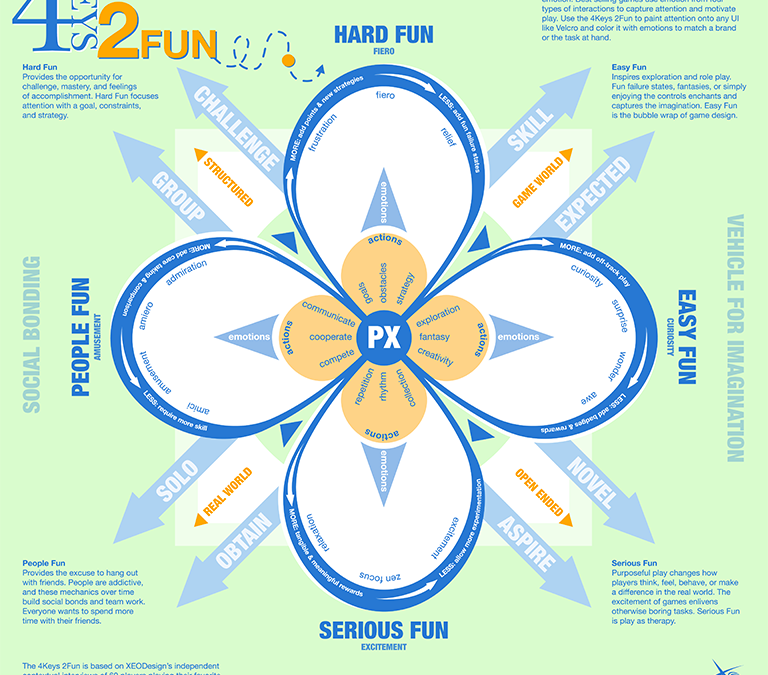
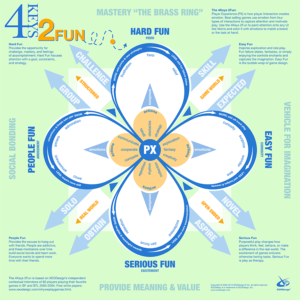 Despite what some #Gamification experts (yes, I’m talking to you Andzrej) fun is an important element. NOW… Andzrej Marczewski is NOT wrong: Fun must be experienced as a consequence of the experience. Do not FORCE it. So, how do you design for it?
Despite what some #Gamification experts (yes, I’m talking to you Andzrej) fun is an important element. NOW… Andzrej Marczewski is NOT wrong: Fun must be experienced as a consequence of the experience. Do not FORCE it. So, how do you design for it?
Nicole Lazzarro made this amazing thing called the FOUR KEYS TO FUN where she explains there are FOUR different kinds of FUN:

M.B.O. (Mind Behind the Operation)
6th position in the Gamification Gurus Power 100!
Gamification Keynote Speaker & the mind behind the operation @bluerabbit, a gamification platform for education.
Developed three frameworks to teach/learn how to create gamification systems and build gamified content
Declared a world wide war on grades.
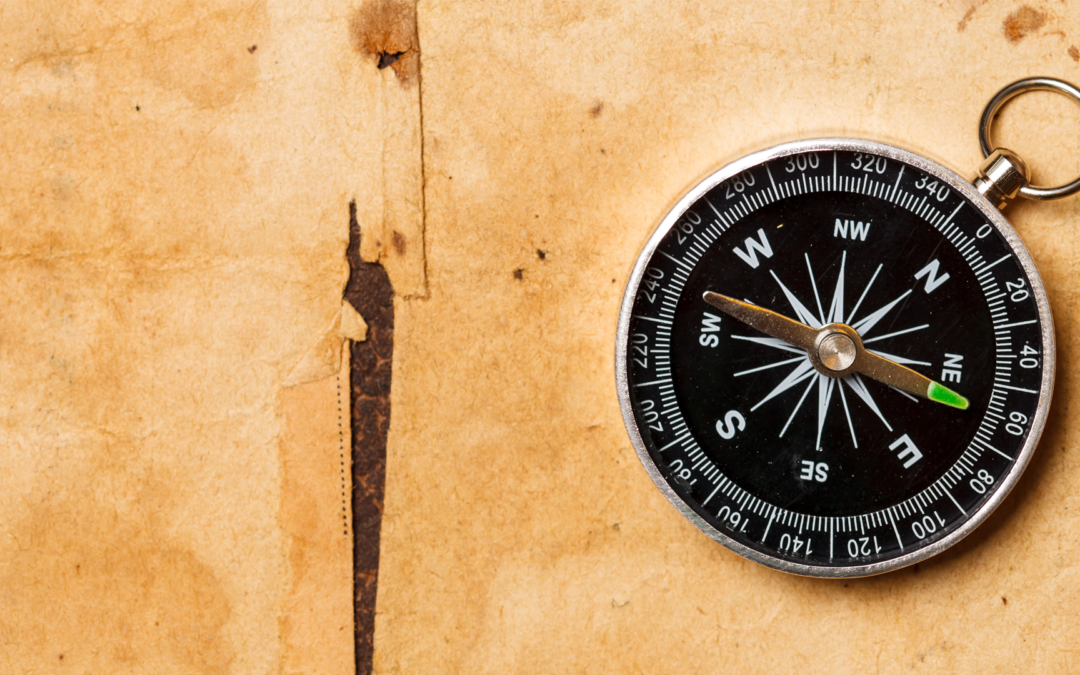
Knowing you are doing the right thing in #Gamification is really hard when you don’t have the right tools at hand. Now, the first thing you should keep in mind are your KPIs. These little guys will tell if ANY project is going in the right direction, however, one thing is the business side of the system and a different the gamified side. When building your system first hand, before ANY data comes in (which is ultimately the one and only compass you must follow) there are a couple of toys you can use to see the north:
In our Game master framework, the first thing you do is build the game dynamics. Each of them provide a simple question to see if you have dealt with all basic components of a gamified system:
Introduced by Gabe Zichermann, this simple model helps you check that your rewards are in place and well done:
When using SAPS make sure players receive rewards that are well rounded in all FOUR types. STUFF can be perceived as money (and it usually is). Not the best way to reward players because by human nature, MONEY IS NEVER ENOUGH!
 Nicole Lazzarro made this amazing thing called the FOUR KEYS TO FUN where she explains FOUR different kinds of FUN:
Nicole Lazzarro made this amazing thing called the FOUR KEYS TO FUN where she explains FOUR different kinds of FUN:
This part refers to the player types and the differences. Make sure to include them in your design as well. We based our framework in the use of the HEXAD from Andrzej Marczewski. All details can be found in his website and in one of the following posts.
The Hexad covers basically 6 different type of players. Based on the work by Richard Bartle, Marczewski proposes four intrinsically motivated player types and 2 additional ones: The player/user type and the disruptor.
Now, this are just 4 different ways to test your design. We are missing the most crucial one, but we’ll talk about it in another post. This one is already too long.

M.B.O. (Mind Behind the Operation)
6th position in the Gamification Gurus Power 100!
Gamification Keynote Speaker & the mind behind the operation @bluerabbit, a gamification platform for education.
Developed three frameworks to teach/learn how to create gamification systems and build gamified content
Declared a world wide war on grades.
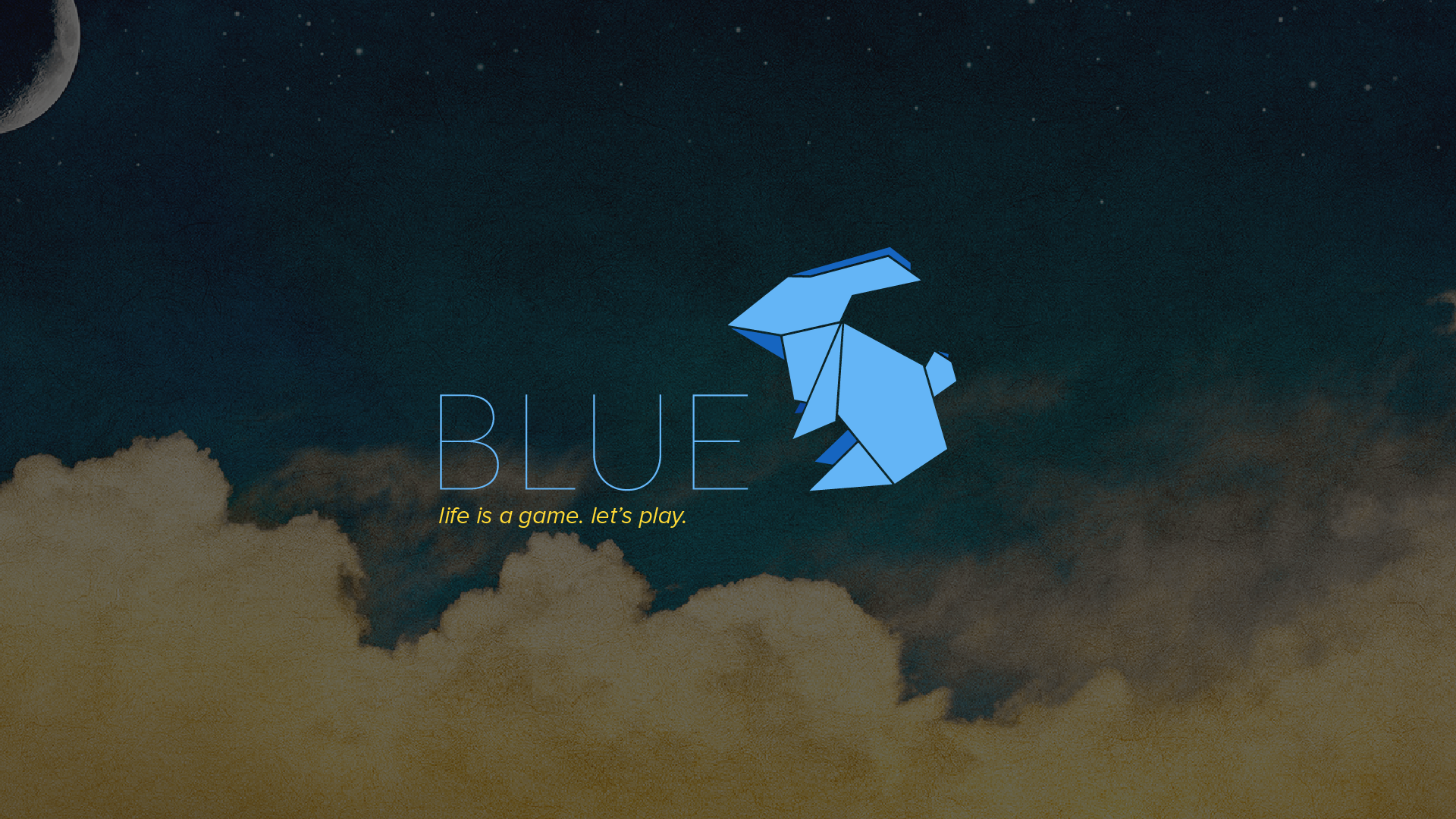
I read this information a while back, but I wanted to share it with you.
Violent GAMES do NOT, I repeat, DO N-O-T, cause aggression.
The full article is here (please, support them by clicking) and you can read even further here
It’s great to know this because the brain KNOWS the difference between killing polygons and people. So please tell your parents about it.
Let everyone know that according to an FMRI study:
Playing violent video games have been linked to long-term emotional desensitization. We hypothesized that desensitization effects in excessive users of violent video games should lead to decreased brain activations to highly salient emotional pictures in emotional sensitivity brain regions. Twenty-eight male adult subjects showing excessive long-term use of violent video games and age and education matched control participants were examined in two experiments using standardized emotional pictures of positive, negative and neutral valence. No group differences were revealed even at reduced statistical thresholds which speaks against desensitization of emotion sensitive brain regions as a result of excessive use of violent video games.

M.B.O. (Mind Behind the Operation)
6th position in the Gamification Gurus Power 100!
Gamification Keynote Speaker & the mind behind the operation @bluerabbit, a gamification platform for education.
Developed three frameworks to teach/learn how to create gamification systems and build gamified content
Declared a world wide war on grades.